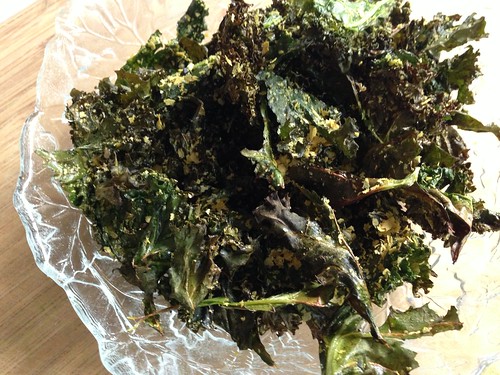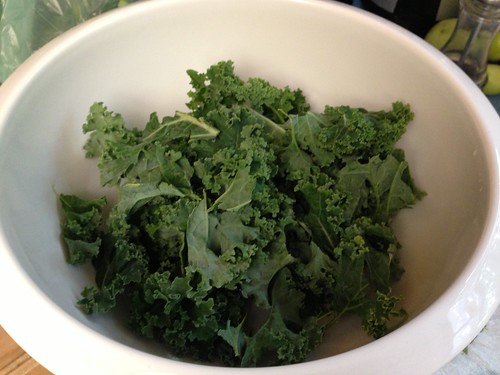The following post was written by my mom, WWW. Thanks, mom!


It’s been awhile since I have written a blog post and I’ve
missed it. There have been several
reasons contributing to my absence but the main reason is that I have been
helping my mother, Rebecca’s Nana, who fell and broke her leg (her femur) over
a month ago. She had immediate surgery
to attach plates and screws to hold the bone in place, and after 5 days in the
hospital, has been recuperating in a rehab center. I’m bringing this up because
on the day that we brought her to the center, one of the nurses asked if she
had taken Boniva or Fosamax, both osteoporosis medicines. Yes…she had…for 2 years but stopped taking them
several years ago because she had an instinct that they weren’t good for her. “You might look into it but we have seen a
huge number of broken femurs associated with these drugs,” said the nurse. It
turns out that there is a class action lawsuit against the drug companies
making osteoporosis medicines because people’s femurs are suddenly breaking…without
trauma. The drugs, although helping with
bone density, are suspected of making bones brittle. In my mom’s case, the Boniva or Fosamax might
not have contributed to her break. She
fell on her knee, which is replaced, and the bone cracked. Because she fell, we can never know if her
bone would have stayed in tact if she hadn’t taken the drugs. But there is that thought in the back of my
mind…. What if?
I have talked about The China Study and the subsequent
movie, Forks Over Knives, here before. The book made so much sense to me when I read it over 6 years ago that I
changed the way I eat. To reiterate, the authors argue, based on 30 years of
scientific study, that our chances of contacting “Western” diseases—diabetes,
heart attack, many cancers, high cholesterol, and osteoporosis—dramatically decrease
if we limit our consumption of animal protein (dairy, meat, and eggs) to less
than 10% of our total calorie intake.
According to the American Journal of Clinical Nutrition “a high ratio of animal protein to vegetable protein increases the rate of bone loss and the risk of fracture in postmenopausal women” because “dietary protein increases production ofacid in the blood which can be neutralized by calcium mobilized from the skeleton." A National Institutes of Health
study out of the University of California, published in the American Journal of
Clinical Nutrition (2001), found that; "Women who ate most of their protein from animal sources had three times the rate of bone loss and 3.7times the rate of hip fractures of women who ate most of their protein from vegetable sources." Researcher Dr. John McDougall
at Yale University found: "On a nation-by- nation basis, people who consume the most calcium have the weakest bones and the highest rates of osteoporosis. ... Only in those places where calcium and protein are eaten in relatively high quantities does a deficiency of bone calcium exist, due to an excess of animal protein."
A couple of weeks ago, I had a bone density test. The last time I had one was about 6 years ago, just before I switched to a plant
based diet with some, but very little, dairy and eggs. At that time I had osteopenia, the precursor
to osteoporosis, so I was interested to find out if my diet change had affected
my bone loss. A couple of days after the test, I called my doctor’s office to
find out the results.
“Oh…your bones look great!” the assistant told me. “No osteopenia whatsoever."
I told him how I had osteopenia 6 years ago and he looked at
my chart to confirm. I then told him that I had changed the way I eat and had
switched my calcium supplement from Calcium Citrate to plant-based calcium—that
I had read the China Study and it had changed my life.
“Wow! Have you seen
Forks Over Knives?” he asked. “Our whole office watched it together and since
then, we are suggesting to our patients to make the changes you made. Whatever you are doing, keep it up!” I was so excited to hear that this office, a
very mainstream general practitioner’s office, not only watched the movie but is
telling people about it.
As women, we are at a higher risk for osteoporosis than
men. On the high protein western diet,
at about age 30, bone mass begins to decline and during menopause, when our
bodies stop producing estrogen, our bone loss becomes much worse. The good news is that the damage can be
reversed. By increasing our plant-based
protein consumption and decreasing our animal protein consumption, we give our
bones a chance to stay strong and that means fewer fractures as we age. This
doesn’t mean giving up meat and dairy entirely.
But decreasing animal protein to a small portion once or twice a day
will make a huge difference, and in my case, even at 57, my bone density
returned to normal by eating a mostly plant based diet and switching to plant-based
calcium supplements.
***
It’s easy to get calcium from plants. Many of the same plants that are high in
protein are also high in calcium. Collard greens, kale, broccoli (especially
the leaves), mustard greens, arugula, okra, and turnip greens are powerhouses
of calcium. (Either grow your own broccoli for the leaves or you can find
broccoli rabe or other leafy broccoli at farmer’s markets.) Figs, apricots, nuts,
beans, soy, molasses, oranges, quinoa, and seeds (such as sesame, sunflower,
and chia) have lots of calcium, too. So
basically, if you are eating a variety of different plant based foods, you will
be eating a calcium rich diet.
I rarely ate kale before my switch, and now it is a staple
in our diet. It is a powerhouse of
calcium and other vitamins and minerals.
Ages ago, I did a post on kale chips, but I think it is a good time to re-examine this delightful way of eating
kale. I’ve also since then played around
with different ways of preparing it. You
can either roast the kale in a hot oven, which is fast but also can burn the
kale, or you can cook at a lower heat for longer. I experimented last night with several
temperatures and flavorings, and both Larry and I agreed that we preferred the
kale cooked at a lower temperature. You can have fun trying different seasonings
and oils—my friend Liz likes avocado oil, which gives it a slightly avocado
flavor. Also truffle oil is delicious. Sprinkle with salt and a little sugar, or add
smoked chipotle, cumin, nutritional yeast, or other flavorings of your choice. Anyone
who doesn’t like kale will be an instant convert with presented with a plate of
Krispy Kale!
Krispy Kale
1 bunch curly kale
about 2 tablespoons olive oil
salt or seasoned salt of your liking (I use my favorite VitalSalt sesame truffle salt)
pinch or two of sugar (optional)
Preheat oven to 300 degrees. Wash and DRY kale well (the oil
won’t stick to it unless it is dry).
Tear leaves into about 3 inch pieces, saving the stems for other uses.
Toss in a bowl with about 2 tablespoons of oil of your choice.
Massage oil into kale with your hands so that
the oil is coated on the leaves. Toss with salt to taste. Spread in a single layer on parchment-lined
baking sheets.
Bake for about 10 minutes and then turn kale over. Bake for another 5-10 minutes, checking frequently. The kale is best when crisp but not brown. Pour kale in a bowl and toss with a pinch or two of sugar, if desired. (I love it this way!!)
Bake for about 10 minutes and then turn kale over. Bake for another 5-10 minutes, checking frequently. The kale is best when crisp but not brown. Pour kale in a bowl and toss with a pinch or two of sugar, if desired. (I love it this way!!)
optional flavorings: cayenne pepper, smoked chipotle,
cayenne pepper, nutritional yeast (add before or after baking)
You can eat these as a snack or sprinkle them on a favorite entrée or salad.
***
Next time I am going to try and make kale chips by using a
dehydrator. I’ll let you know how that
turns out. Meanwhile, I’d love to know
if you have a favorite way of preparing crispy kale!
Enjoy! And may your bones be healthy forevermore.
Love,
WWW





2 comments:
The timing of this post is hilarious to me, as I have been on a complete kale chipe bender all week. I have gone through 4 heads just this week alone, and even my 2 year old son loves them. Last night, when he called his play food lettuce "Kale chips" I realized I might be on my own personal Portlandia!
I love them just like you make them, with salt and pepper and Nutritional yeast (Nooch!), but i recently tried this recipe that is purported to taste like Doritoes!
Shockingly, they DO!
http://www.thekitchn.com/snack-recipe-cheesy-and-vegan-kale-chips-179037
Thank you for posting this! I completely agree and have changed my diet which was inspired by my mother who had multiple health issues. She chose a plant based diet and the results are astounding!
Post a Comment